
So, you're planning a cozy night with a bottle of wine and a fancy cheese board. But hold up! Not every cheese is going to do your beloved wine justice. There's nothing worse than anticipating a heavenly match, only to find out your taste buds are left in a tangled mess.
Let's kick things off by talking about why pairing wines with the right cheese (or avoiding the wrong ones) is such a big deal. When done right, a good pairing can make your wine taste like liquid gold, amplifying all those lovely notes you paid good money for. Yet, the wrong combo can make even the priciest wine taste off.
- Why Pairing Matters
- Common Pairing Mistakes
- Avoiding Overpowering Flavors
- Tips for Better Pairing Choices
Why Pairing Matters
Ever feel like you’re missing out on how great a wine could be? Well, that might be because of what you're munching on while sipping. Getting the right wine pairing can turn a simple wine into something that tastes, well, unforgettable. It’s like magic!
The reason is simple: the flavors have to play nice together. When you combine the right flavors, the wine shines, and so does the food. Imagine nibbling on creamy Brie with a glass of fruity red. Yum! But swap that Brie for a sharply spiced cheddar, and the whole balance tips over the edge.
Let’s get a bit geeky for a moment. Some foods have tannins, acidity, sweetness, and a medley of other elements that can either amp up or drown out the nuances of wine. Tannins, which give wine that dry feeling on your tongue, can clash badly with highly spiced foods, making everything taste, well, off. The trick is to match the strength of your wine with the strength of your food. It’s all about harmony.
Here’s a fun fact: around 80% of our taste experience comes from smell. That means the aromas of your cheese can really impact how your wine tastes. So, when they both smell amazing on their own and together, you’re in for a winner.
To put it simply, if you want to enjoy every sip and bite, pay attention to your pairings! Your taste buds will thank you.
Common Pairing Mistakes
You might think any old block of cheese will do, but some cheeses just don't play nice with wine. Here are a few common pitfalls you might want to avoid to make sure your wine experience is a hit!
First up, we've got the problem with strong, aromatic cheeses. These bad boys can completely overwhelm a wine, especially if it's on the delicate side. Think cheeses like Roquefort or Limburger—both delicious, but they can take over the whole show, leaving your wine tasting like water.
Another classic mistake? High-tannin red wines like Cabernet Sauvignon or Malbec paired with soft cheese like Brie or Camembert. The creamy texture of these cheeses can clash with the tannins, leaving a metallic taste in your mouth. Not exactly what you're going for during a relaxing evening, huh?
Let’s not forget about sweetness. A lot of people assume all wines are meant to be paired with any cheese, but sweet dessert wines like Port or Sauternes can make savory cheeses taste off. Instead of enhancing flavors, they end up in competition. Your palate will thank you for steering clear of this pitfall.
- High-acidity wines like Sauvignon Blanc can cause a bad reaction with cheeses that are equally sharp, leading to an unpleasant tang. Go easy with the acidity.
- Salty blue cheese with a dry white wine? Not so harmonious. The salt can make the wine taste harsh, leaving you struggling to enjoy either component.
So next time you’re browsing the cheese aisle or sampling options, keep these well-known pairings in mind. Trust me, your taste buds will thank you!
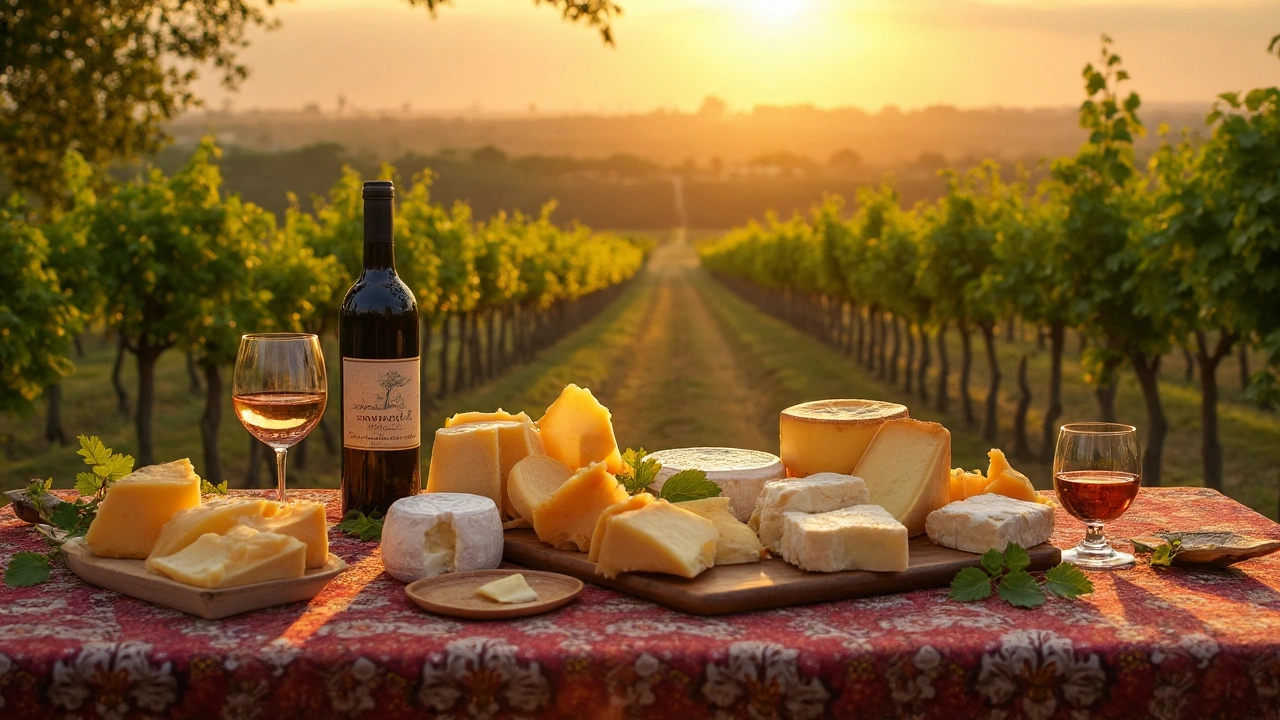
Avoiding Overpowering Flavors
Alright, let's get real. Sometimes that cheese might look mouth-watering, but when you bite into it with a sip of wine, it feels like they're battling it out. The culprit? Overpowering flavors that hog the spotlight and won't let the wine shine.
Think of this as balancing a see-saw - if your wine is delicate and your cheese is a beast, you'll end up toppling over. Take, for instance, blue cheese. Notorious for its strong, pungent aroma, it can easily bulldoze a light white wine, making it taste almost bland in comparison.
To dodge this, try to match the intensity of the wine with the cheese. Aged cheddars and potent blues pair well with full-bodied reds, but with something like a Chardonnay, stick with a milder cheese like Gruyère.
Here's a quick tip list for keeping the peace between your wine and cheese:
- Match Strengths: Go for cheeses and wines with similar intensity. Light wines? Light cheese. Bold wines? Bold cheese.
- Sugar Content: Sweet wines can sometimes help tame the funkier cheeses. Next time you have Roquefort, give a sweet dessert wine a go.
- Tannins: Reds with a lot of tannins can be tricky. They don't always play nice with soft, creamy cheeses, so think hard cheese like Parmesan instead.
Pairing isn't just about taste; it's a bit of science and trial and error. But once you find that sweet spot, it's pure bliss.
Tips for Better Pairing Choices
Nailing the perfect match between wine and cheese can feel like a science experiment sometimes, but it really doesn't need to be that complicated. Here are some straightforward tips to help you make smart choices and avoid those awkward pairings.
First off, remember the old saying, “What grows together, goes together.” This means that regional wine pairing can be your best friend. An Italian wine might pair beautifully with Parmesan or Pecorino because they come from the same neck of the woods.
When in doubt, try to match the intensity of the wine with the cheese. A light, crisp wine like Pinot Grigio pairs well with mild cheeses like mozzarella or ricotta. On the flip side, a bold red wine like a Cabernet Sauvignon can stand up to stronger, aged cheeses like aged cheddar or Gouda.
If you're thinking of a cheese and wine party, mix and match different types of cheese with a few varietals. This way, your guests can explore what works best for their palate. You can play the safe card with a crowd-pleaser like a Chardonnay, which goes well with many cheeses.
Don't forget texture! Creamy cheeses like Brie pair nicely with sparkling wines. The bubbles cut through the creaminess, balancing the flavors superbly.
- Try a zesty Sauvignon Blanc with tangy goat cheese for a refreshing burst of flavor.
- Opt for a Rosé with semi-soft cheeses like Havarti for a delightful surprise.
- Pair a sweet dessert wine with blue cheese to offset its sharpness.
If you want to get a bit nerdy, take a look at the acidity levels. Wines with high acidity cleanse the palate, enhancing your cheese experience. A fun fact? Champagne actually goes with just about everything because of its balance of sweetness and acidity.
Finally, trust your taste buds! Everyone's palate is different, so don't be afraid to experiment. You'll find your favorite wine tips from personal experience. Just keep an open mind and enjoy the tasting journey!
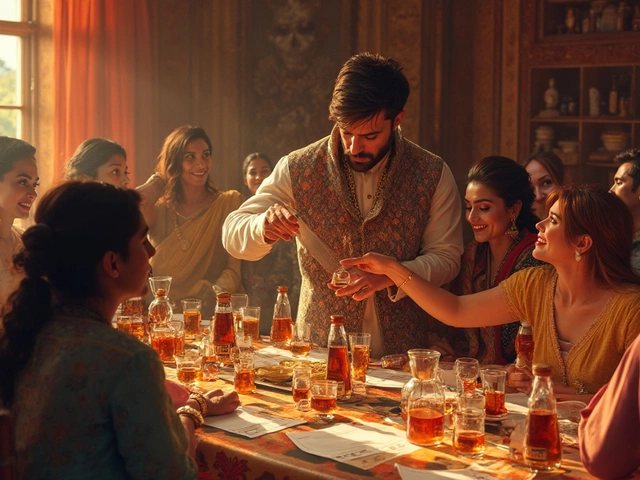
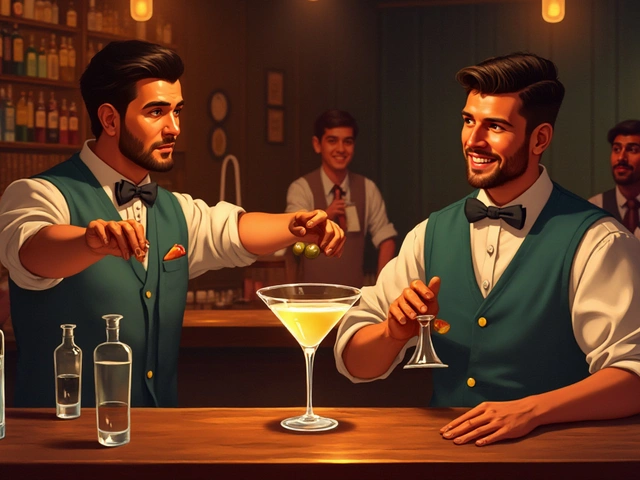

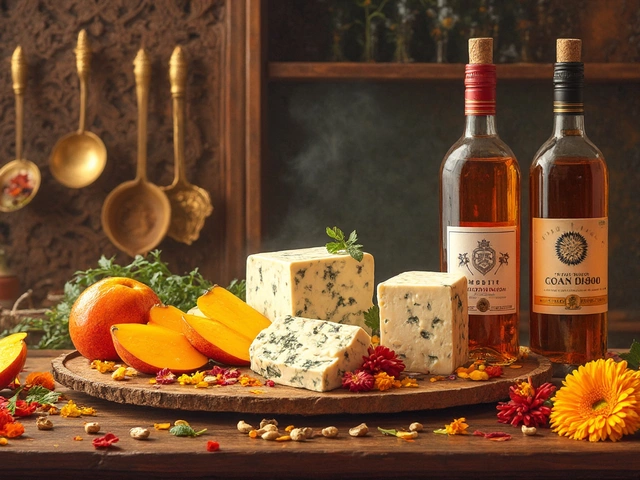
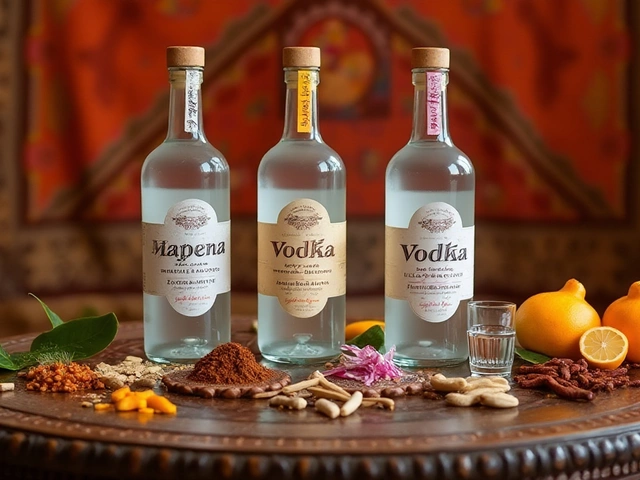
Categories